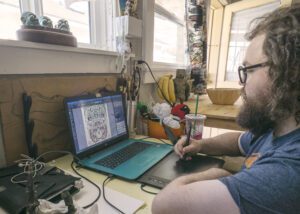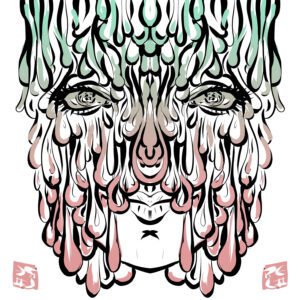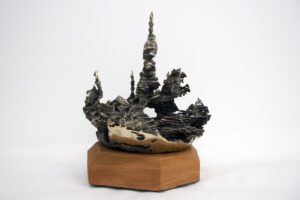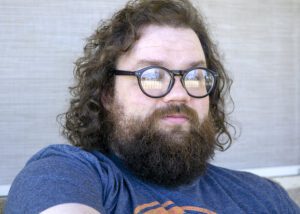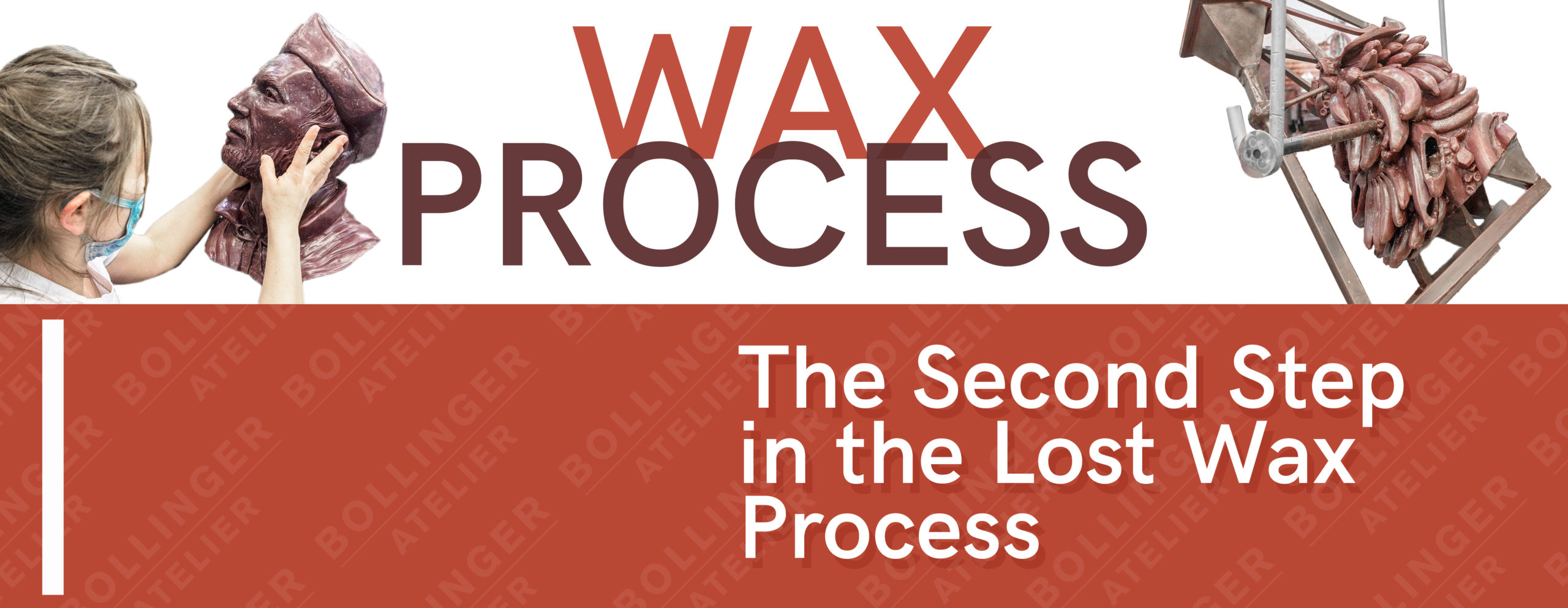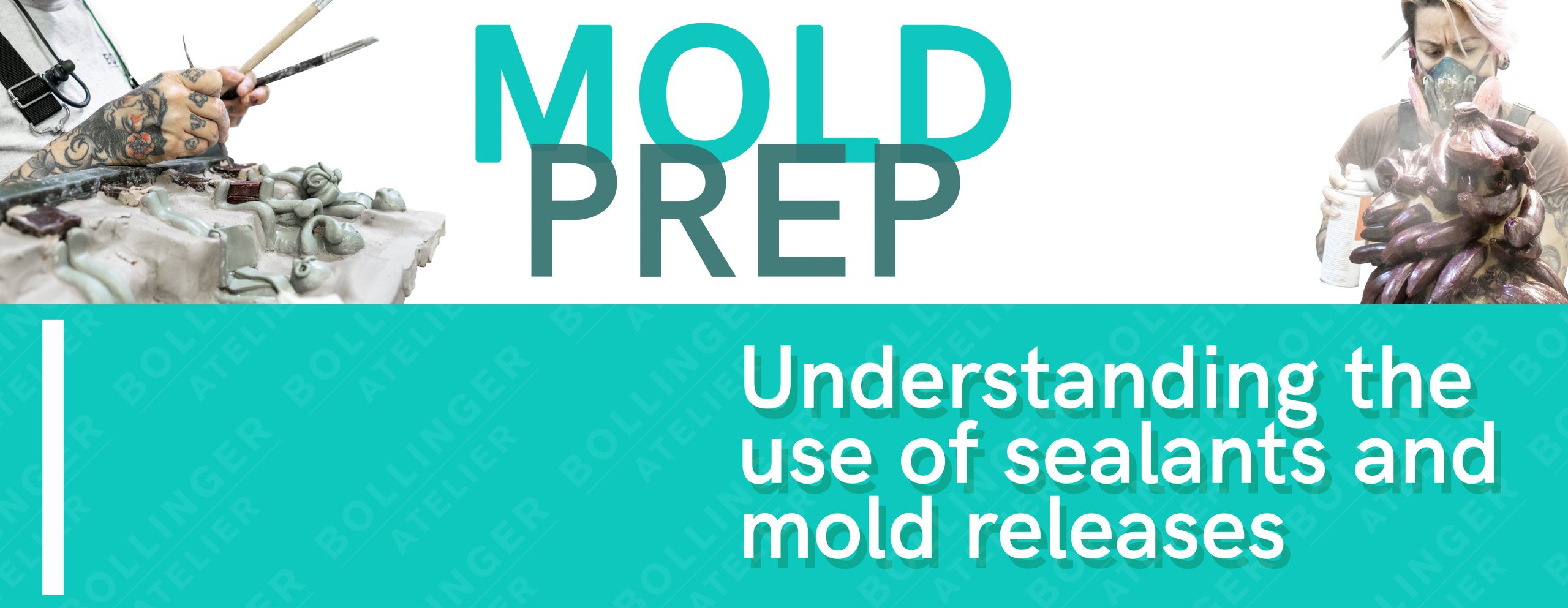Interview by Daniel Mariotti
Photos by Daniel Mariotti and Ron Lyons
Born here in Phoenix, Ronald is the head of the Wax Department and an integral part of our team. Watching him with a flick of his wrist effortlessly dress a wax is a like watching a beautifully coordinated dance. He says a lot of the “tricks” comes down to simply moving your hands fast; coupled with a lot of muscle memory. As we sit down I am excited to learn more.
BA: What do you wake up with in the morning? Coffee, Tea? What is your morning routine?
Ron: Slowly crawl out of bed, drink some water from the night before, take a shower and then get to work.
BA: And then what does a day in the wax department look like?
Ron: Rolling waxes, or dressing some waxes, or gating some waxes. I don’t know how to put it any more eloquent than that.
BA: What’s the hardest task in wax?
Ron: I would say gating has the highest bar for skills needed to accomplish from beginning to end.
Is that because of the way things are gated?
Yeah it’s the basics of modes of operation. That usually gets people caught up. Dressing is pretty simple because you just instruct a person to take every seam line, fill the bubbles, make it look like the original. Most people can figure that out. Rolling waxes is pretty simple once you understand the basic concept of it.
BA: Can you expand on what the rolling process entails?
Ron: Having a mold and rolling the wax around. Has to be done in layers. We do a very hot initial wax coat to minimize any imperfections like air bubbles, and then continue adding thickness until our ideal for casting a bronze; which our standard is a quarter inch. Some pieces of high detail require to be hand painted in to avoid any agitation in the rolling process.
BA: What’s the most complicated wax you’ve rolled?
Ron: The Ghada Amer “Baisers” wax was pretty complicated because it was a two sided mold. It had an exterior and interior. It had a lot of thin sections, so getting the wax in those parts was a difficult task. There’s definitely heavy molds that become challenging. But that’s the tool given to me not being great. Ultimately all of them are kind of the same, you just have to learn to work around them.
BA: What’s your perfect mold?
Ron: A small cylinder is pretty easy.
BA: How long have you worked here?
Ron: 7 years. Since July of 2011.
BA: Do you remember your first day?
Ron: I remember my first week. I started out a tiny bit in wax, mostly in metal. I was helping finish the Tom Otterness playground. And then they tasked me with some rough chasing on a project. And then worked in metal for a couple more months. Small chasing on Goodacre. But then I ultimately got moved to help roll waxes and that’s kind of where I stuck.
Like wax to clothing.
Like wax to anything.
BA: What do you like most about working at Bollinger Atelier?
Ron: It’s a small company, probably one of the last true art foundries in the country which is a big deal. We get to work with very interesting artists around the country and sometimes all over the world.
BA: What’s your background in?
Ron: I originally went to school for linguistics. But switched to sculpture. I always liked language. I can’t speak any fluently but I took Japanese, Chinese, and Spanish, but I’m awful with memory so they all were difficult. And then I took an art class. I was always interested in art but never took classes in high school or middle school. I was mostly in orchestra.
BA: How did your work change while you were in art school and how has it changed since leaving?
Ron: ASU’s sculpture program really focuses on concept and so they teach to think about what you’re doing before you do it and what’s changed is I make it before I think and that’s a more natural way to express your art. I think when you think about your art it becomes convoluted and not fun and not interesting. But when you allow art to just happen, breathe and exist, it feels more authentic.
BA: What’s authenticity to you?
Ron: Not manufactured, in the sense that it… just feels alive.
It’s a gut feeling maybe?
Yeah, it’s like a natural reaction to it.
BA: What do you mean by “manufactured”?
Ron: It feels like… if I can put it in terms of life drawing; if you measure everything out and really try to plan something you’re looking at to draw, it feels stiff. But when you gesture it, moving and reacting to what you’re seeing, it always feels more vibrant and engaging, that’s what I want from my art. That’s what I find appealing in art and that’s what I want to express in art.
BA: What kind of stuff are you making now? In both sculpture and illustration?
Ron: In sculpture I would describe what I’m doing as automatic art. So sculpture that occurs naturally by the processes that I’m making it with.
For illustration I just start drawing something with a very vague concept and then, if it doesn’t work then I just give up on it and if it does work out then I continue. And it’s usually something weird and fun.
BA: Last favorite illustration?
Ron: I’ve been doing mirrored drawings a lot. That kind of goes into the same feeling as the automatic sculpture where I just start a piece of it and the other piece gets created as I move along. So I feel like it becomes a flow where I’m reacting to what I’m doing and it feels natural. I don’t know what I’m going to start off with, it’s a vague concept. I start with a face and then I draw features and then I make a big gesture that then turns to something else and it feels natural and it just makes me happy.
“Skin” 2018, Digital
BA: How does that mirror thing work?
Ron: I use a free program; Krita and it simply mirrors what you draw on one side of the screen automatically. So as you draw one way it draws the exact opposite way.
Is that what you used on Tom’s portrait that we posted?
Yup
Do you take commissions?
Yeah all the time. You can contact me through my instagram: @roedlyii
It’s the first two letters of my names.
BA: What is the most inspirational piece you’ve worked on?
Ron: Studio EIS does some very beautiful sculptures. I’ve really enjoyed working on the Louis Armstrong and Frederick Douglas; think I’m most proud of those sculptures because they are beautifully done and represent great people.
BA: The most challenging?
Ron: Well thinking of Studio EIS they did a Judge; John Jay. He has a judge’s robe with lots of tight wrinkles that had a lot of high knife edges in the mold. So it came out very thick in the parts where wax would settle at and then to the other extreme, very thin where it was highest at. So fixing that in wax was difficult and it also became warped in metal due to shrinkage and we had a tough time lining the folds up again.
BA: What does your personal work aim to say?
Ron: It doesn’t aim, it just reveals bits of my brain. I like the automatic, I don’t like thinking about it. So it’s a no filter expression of my visual language.
So it’s a series of explorations.
Yeah it’s making a lot of mistakes til it works out and then I’m proud of it and then I show it to people.
Is form priority to you?
I think form, then texture is how my mind works. I think if you squint at an object and you like it, then you want to open your eyes and invest more into it.
“Ignation I” 2018, Bronze, Sandstone
BA: What’s your strongest memory of your childhood?
I don’t know if I have any particular strong ones. I have bits of moments. I remember a birthday party when I was four and it was ninja turtle themed, and I got to dress up as a ninja turtle and run around with nun-chucks and hit people with nun-chucks, but it was my birthday so no one could say anything about it. So that was a good memory.
BA: Anything you would tell past you about the future?
Ron: Don’t be afraid of what anyone thinks of you.
Do you think you’ve learned from that?
No, I need a future me to tell me that.
I’ll let you know when this interview gets published then.
That’ll help.
BA: What’s your dream project?
Ron: I would like to engage in a life size sculpture. Either figurative or maybe one of my experimental wax projects. If I could blow one of those up or get a large scale situation. That would be amazing.
BA: Professionally what is your goal?
Ron: My ideal is… I wake up and create something that interests me. And then I make it and then people give me lots of money for it and pats on the back.
How many likes on Instagram?
All of them.
BA: Do we have a role in modern society as artists?
Ron: Our only role is to inspire other people to dream outside of basic-ness. There’s more to the world than just “live, laugh, love” posters. Our job is to inspire those people beyond that.
You can find Ron’s work through his instagram page: roedlyii


